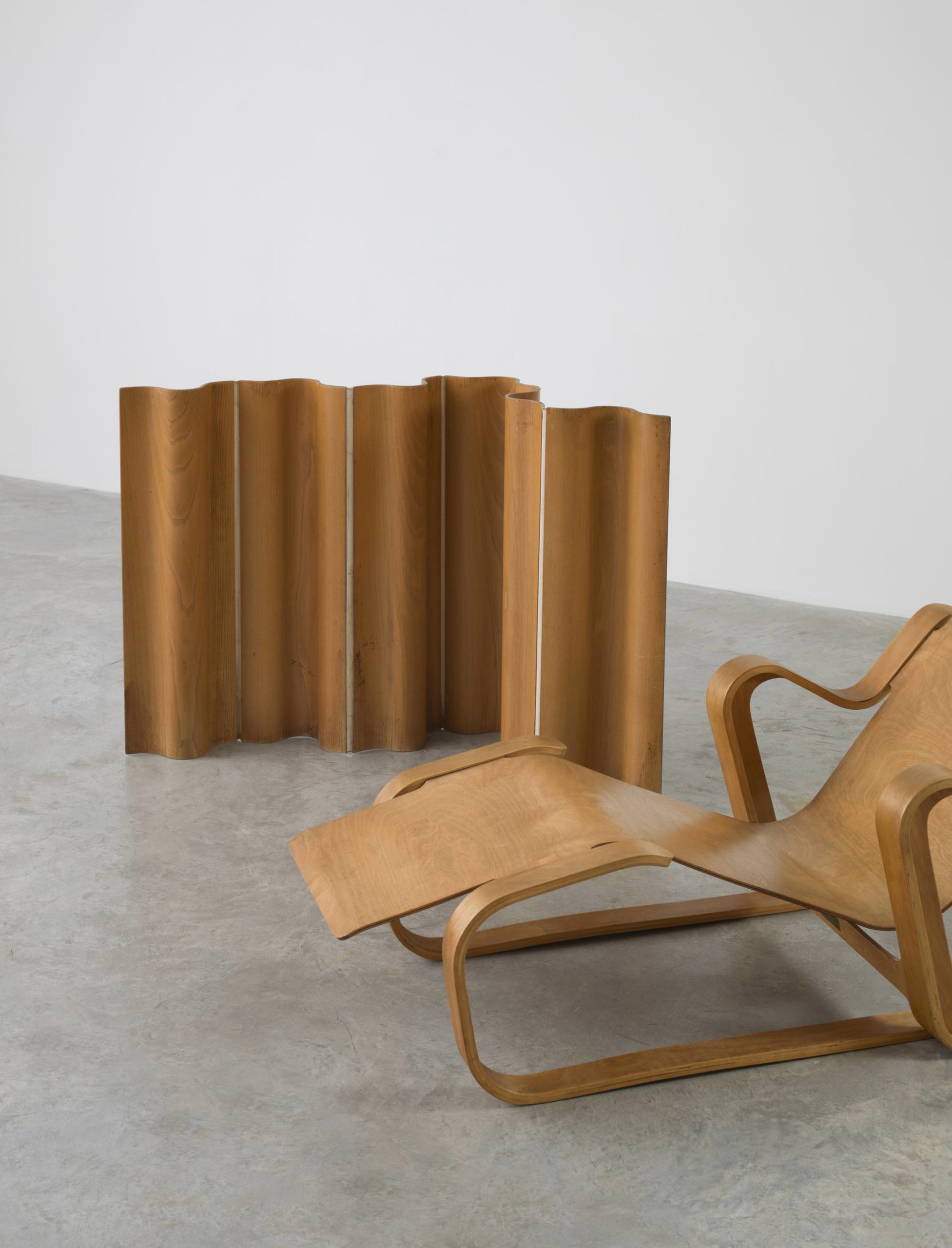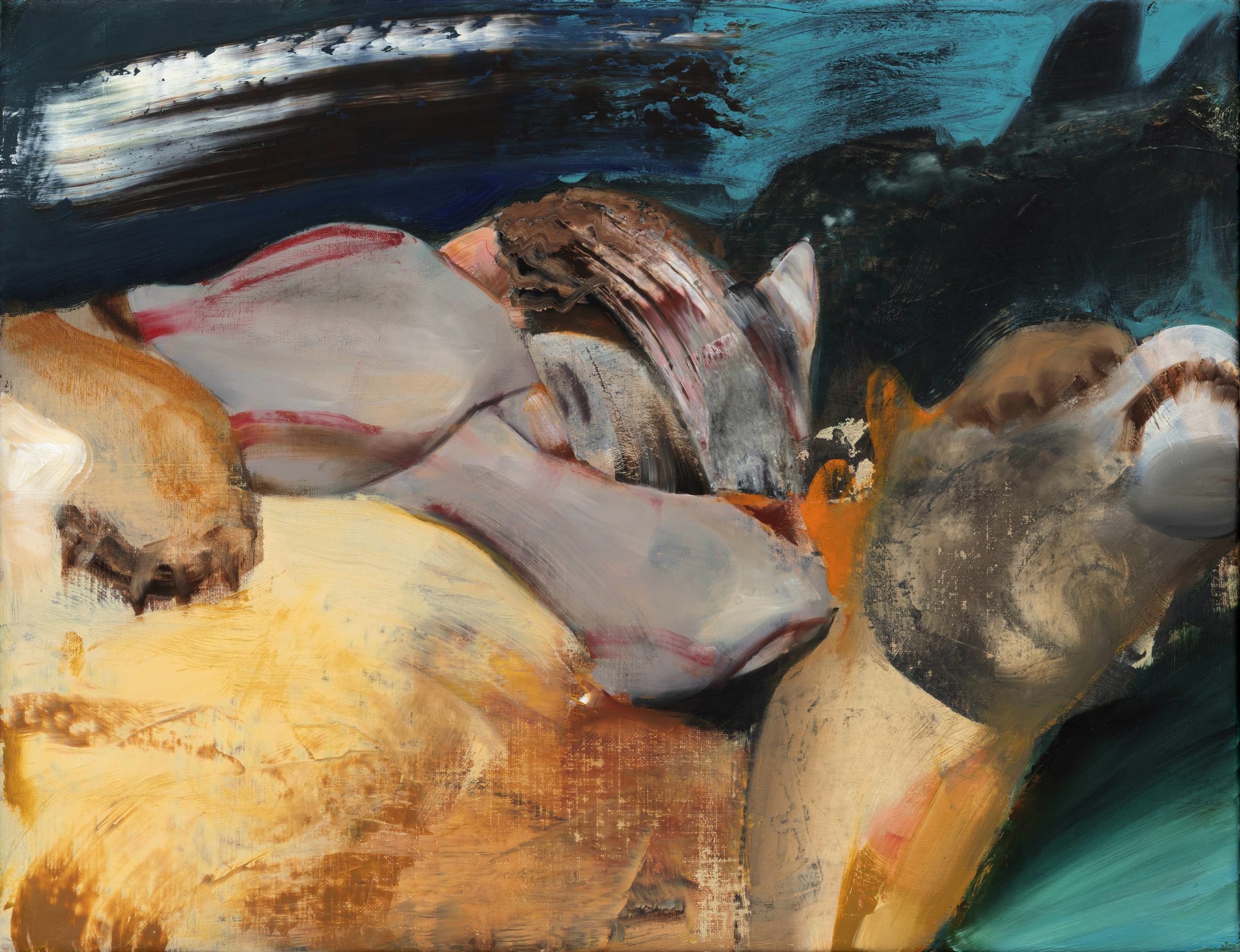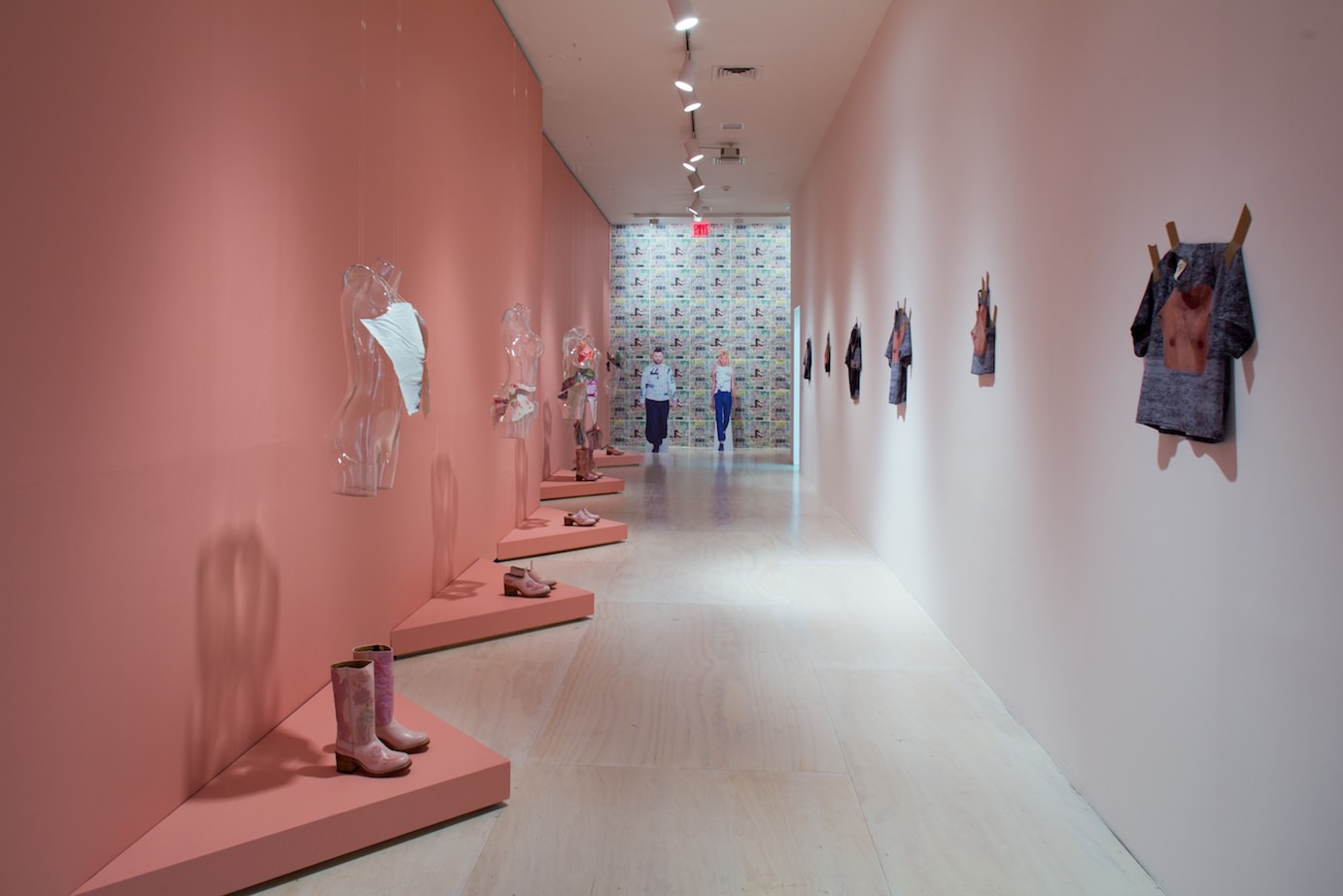Marcel Broodthaers’ first-ever New York retrospective is currently on view at The Museum of Modern Art through May 15. The exhibition will travel to the Reina Sofia (which co-organized the show with MoMA) in October 2016 and Düsseldorf’s Kunstsammlung Nordrhein-Westfalen in early 2017.
After struggling as a journalist, critic, and poet, Broodthaers (Belgian, 1924-1976) proclaimed himself an artist in 1964 when he started exhibiting his unsold poetry at the Gallery St. Laurent—embedding his volumes into plaster, thereby making them art. For the next dozen years he practiced a pioneering Post-War art that followed the likes of Duchamp and Schwitters, having a profound impact on contemporary plastic artists, and setting a precedent for what we call “art installation” today.
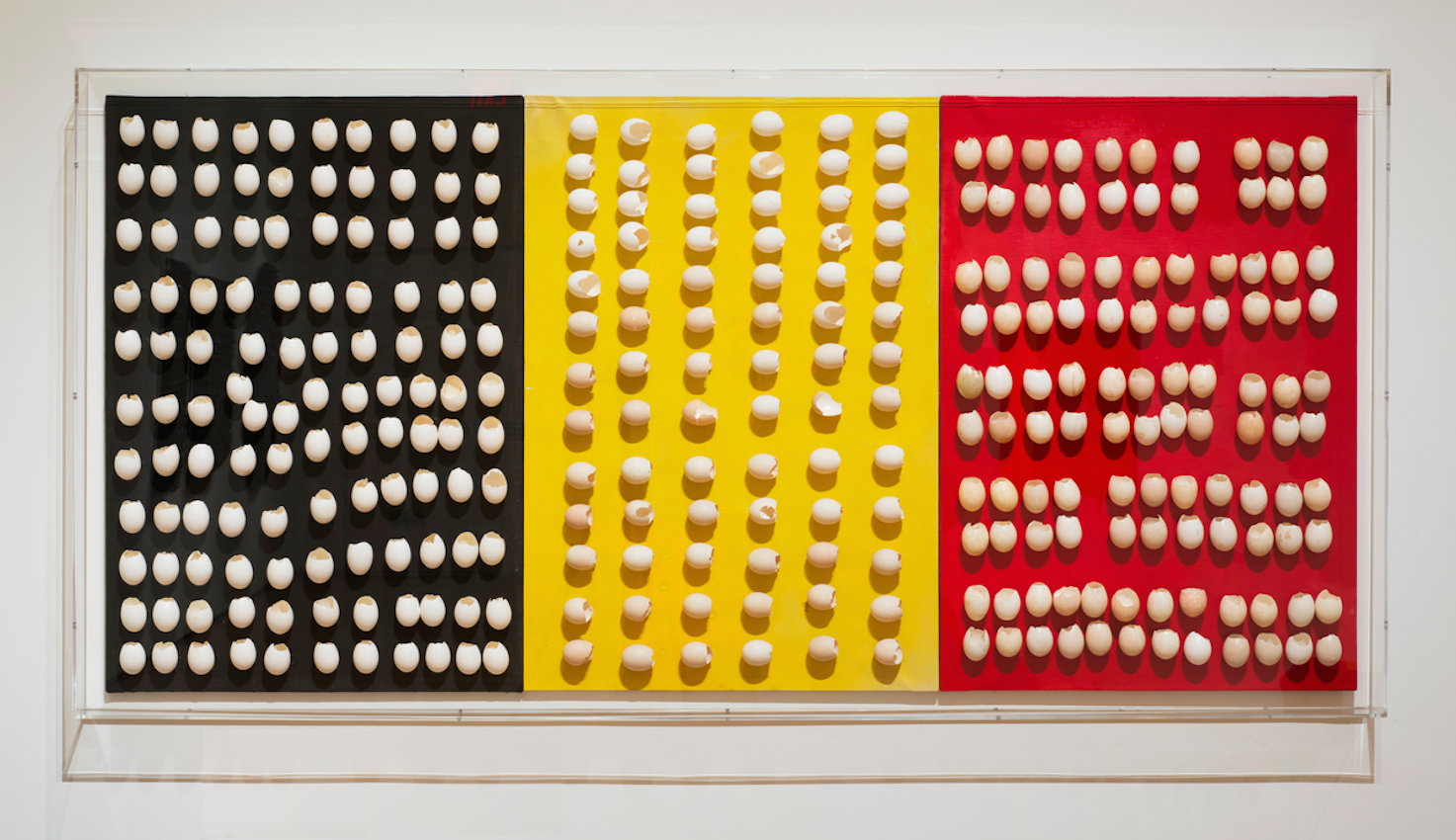
The Museum of Modern Art
Photo: Martin Seck
New York, February 14–May 15, 2016
Courtesyof The Museum of Modern Art
The MoMA retrospective, set on the sixth floor, meticulously follows the chronological evolution of Broodthaers’ work, starting with excerpts from his poetry written in the late 1940s, evolving into Pense-Bête (Memory Aid, 1964), all displayed amid his earliest experiments in photography and film.
“He did his first exhibition at the age of 40 years old, which is rather late. He had not had formal training as an artist, which is quite important to have in mind. For us, what also really mattered in this exhibition was to bring the poetry back,” said curator Christophe Cherix at a recent press viewing.
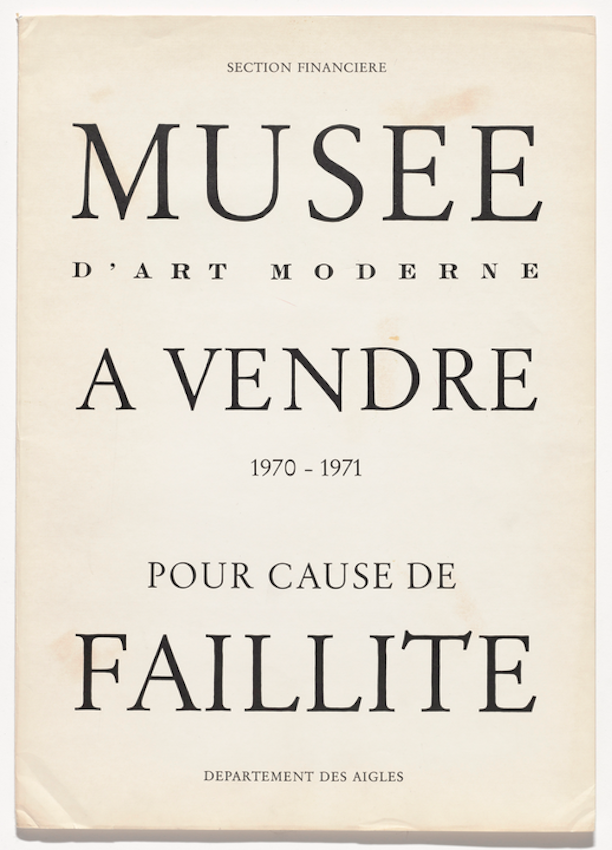
Installation view of Marcel Broodthaers: A Retrospective
Those early years are decisive in understanding the evolution in Broodthaers’ later work. Throughout the chronological succession on display, one grasps the importance of his linguistic affects and desire to project words onto space. For instance, the choice of mussels as a medium becomes an evident one, first for being a Belgian culinary symbol he can deride, secondly for its other meaning in French, “mold.” The mold’s function, whether it be that of an eggshell or a mussel, seems to be fascinating to the artist for combining transformative, protective, and inherent fragile quality. Through these symbols, Broodthaers makes wordplay physical.
Although Broodthaers remained largely under-recognized early in life, he managed to establish relationships with leading figures in Belgian literature and art, notably surrealist painter René Magritte, a master himself of the relationship between words and image (to which many tributes are visible throughout the retrospective, including an actual pipe on display).
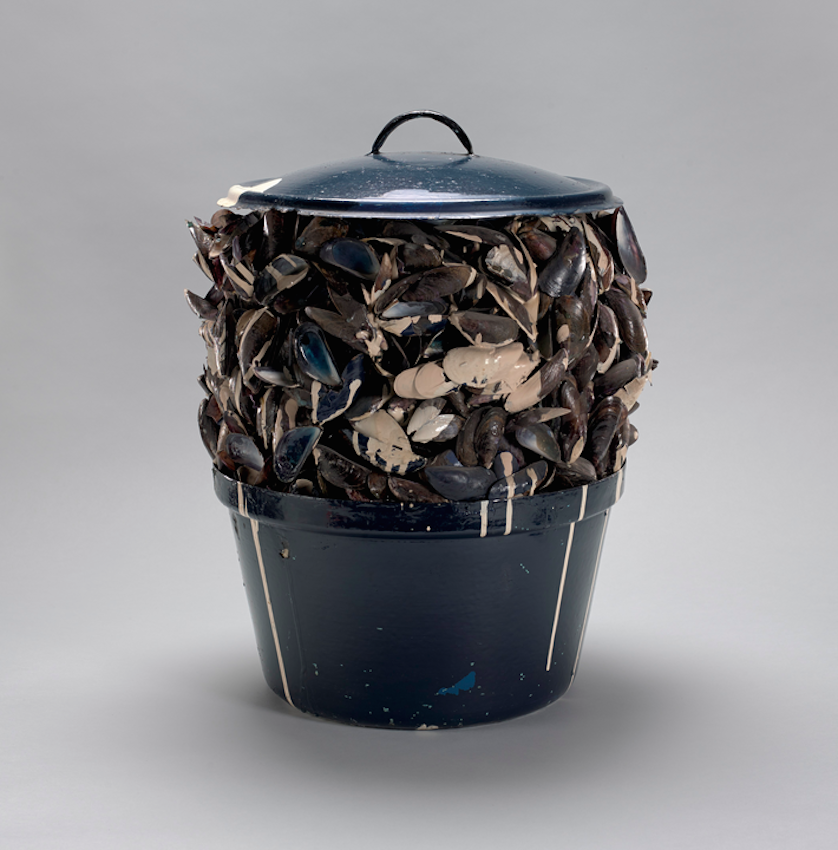
The Museum of Modern Art
Photo: Martin Seck
New York, February 14–May 15, 2016
Courtesyof The Museum of Modern Art.
Already in these debut pieces Broodthaers questions the social function of art. The material used is asking, “What can you do with the object?”
“Is the function precisely not to have a function? Or to take out the function of something in order to make a work whole? If you think of the beautiful White cabinet and white table, that’s precisely what he did: you can’t use the cabinet anymore. It became extremely fragile by being covered with the eggshells,” Cherix pointed out.
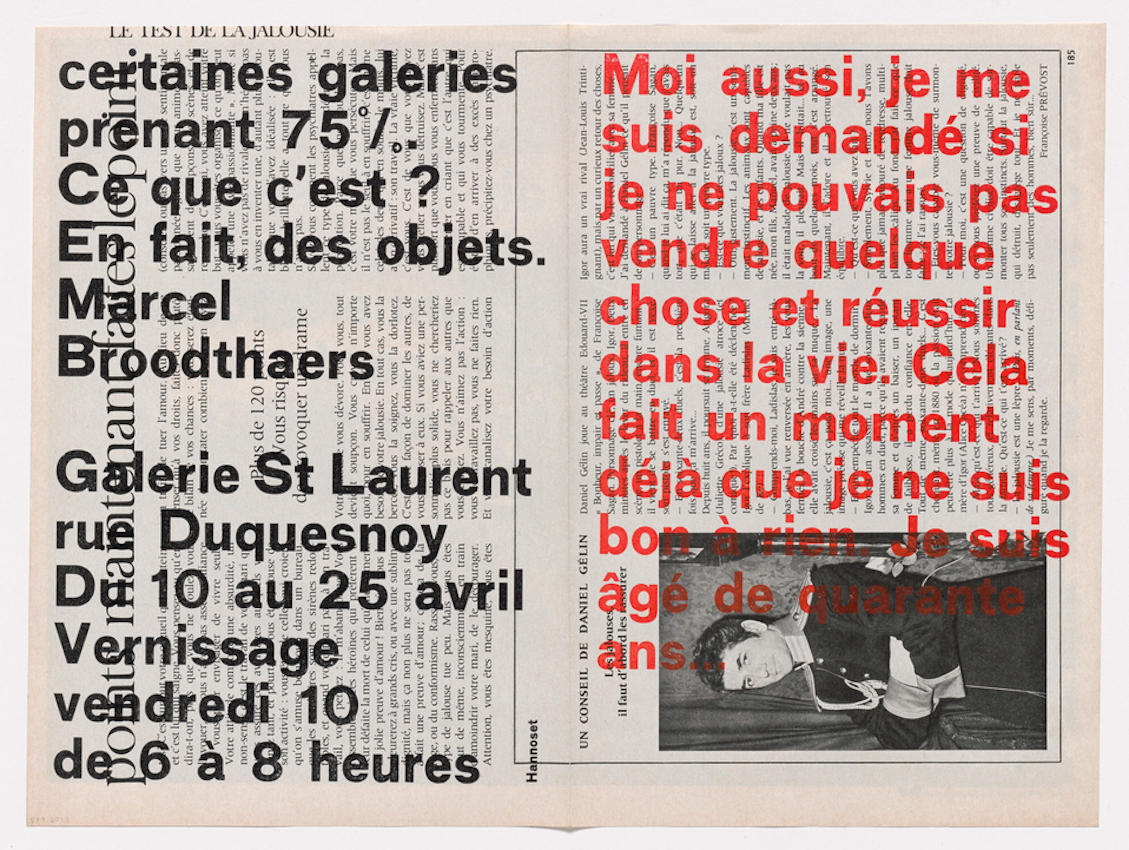
Marcel Broodthaers
Musée d’Art Moderne à vendre–pour cause de faillite (Museum of Modern Art for sale–due to bankruptcy)
This interrogation reaches its pinnacle in arguably what constitutes his biggest masterpiece Musée d’art modern department des aigles (1968), recreated by the MoMA. It is a colossal installation in which the artist created his own museum as an art piece, directly confronting the societal function of art. It’s a created museum, recreated by a museum.
“It’s a museum about museums, and it’s also a museum in which the artist gains control. When we think about museums in the ‘60s and ‘70s, they certainly become more bureaucratic, being led by historians not artists, as in the early 20th-century. So he is thinking of the museum as a tool rather than something that simply preserves objects. This museum was fictional but in a way very real,” said Cherix
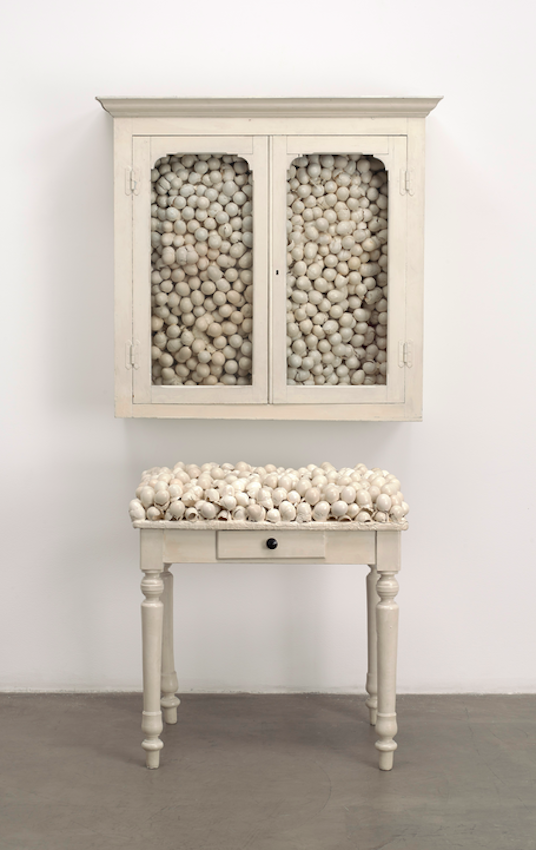
1970–71
In 1972, Broodthaers declared his museum bankrupt and became an artist again. He focused his approach on décor, paving the way to installation, perhaps not completely abandoning his previous role of curator in the art of display. Through the manipulation of context, Broodthaers gives objects their full meaning, recycling their uses and creating new associations, like in A décor conquest (1975), one of the retrospectives’ last pieces.
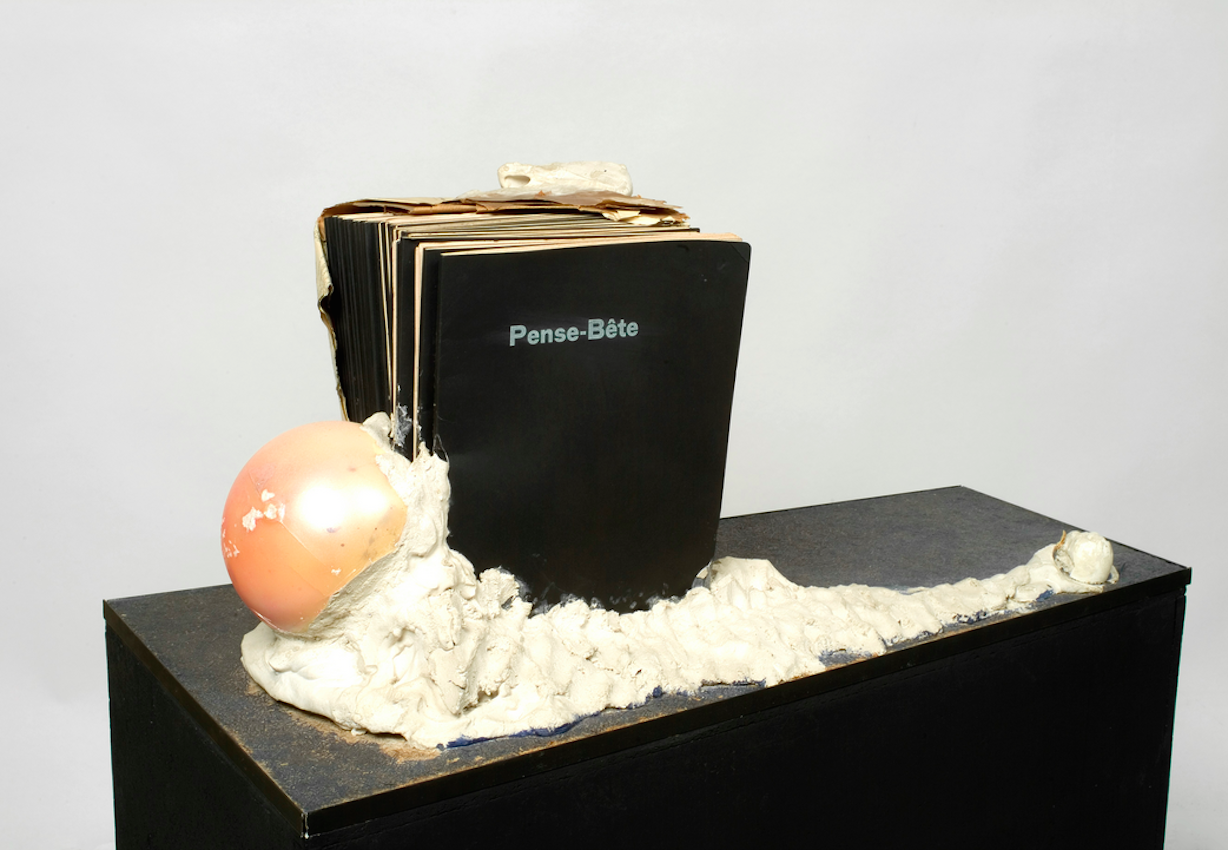
Artist’s book, letterpress dust jacket wrapped around catalogue of Kӧlner Kunstmarkt ’71 (Cologne: Kӧlner Kunstmarkt, 1971), with artist’s inscriptions, overall (folded, with catalog)
17 11/16 x 12 5/8 x 5/16 in.
Publisher: Galerie Michael Werner, Cologne. Edition: 19
The Museum of Modern Art, New York
Partial gift of the Daled Collection and partial purchase
“Marcel Broodthaers: A Retrospective” is on view through May 15.




